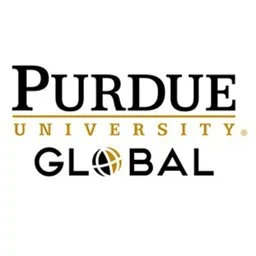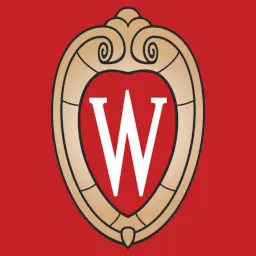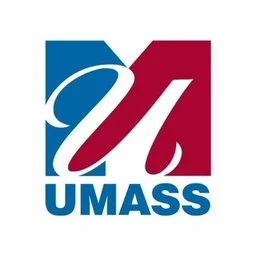How Care Coordination And The Utilization Of Community Resources Can Be Used To Address Hypertension
Place Your Order NowHow Care Coordination And The Utilization Of Community Resources Can Be Used To Address Hypertension
If every hypertensive patient was treated adequately to reach the recommendations of the clinical guidelines, it would be possible to avert more than 45,000 deaths as a result of hypertension in the United States. Note that, treating and managing hypertension and associated complications costs about $155 billion. This money comprises direct medical costs and lost productivity. Recommendations from the Community Preventive Services Task Force (Task Force) can be of great help to healthcare and public health organizations in delivering patient care whose efficacy for blood pressure management has been proven (Dye, Williams, & Evatt, 2015).
The Task Force recommends the use of team-based care to make improvements in blood pressure control. These recommendations from the Task Force are on the basis of evidence of its effectiveness in increasing the number of people with controlled blood pressure along with the reduction of systolic and diastolic blood pressure. The strength of this evidence was considered because more than 75 studies were involved. Also note that, the studies involved team-based care organized mainly with professional nurses and pharmacists collaborating with care providers and patients (Niiranen, et al., 2017).
A team-based approach to blood pressure control refers to an organizational approach consisting of a multi-disciplinary team to improve quality of care among the patients and the achievement of organizational goals (Kravetz & Walsh, 2016). The main party in a team-based approach is the patient. Other participants are primary caregivers attending the patient, and other healthcare professionals among them nurses, community health workers, pharmacists, and dieticians. Additionally, every responsibility – drug administration, follow-up activities, self-management, and adherence – is shared among the participants each according to the capabilities (Kravetz & Walsh, 2016).
Team-based approach to treatment and management of hypertension has been proved to be efficient. This efficacy was confirmed following the findings of randomized control trials (RCTs) and meta-analysis of the RCTs involving nurses and pharmacists interventions. In the interventions, the nurses achieved lower blood pressure scores and higher blood pressure goals as compared to normal approach to blood pressure control. The outcomes achieved in this study are consistent with another set of outcomes achieved at the same facility. In the second outcomes, there was lower readmission rates, higher patient satisfaction, and improved quality of care (Dye et al., 2015).
It is important that hypertensive patients are made to use community resources such as National Heart, Lung, and Blood Institute to improve their health and cope with hypertension. From this resource, patients will be regularly updated on hypertension management, therefore, improving patients’ knowledge about the condition. There is also the American Heart Association which educates people on healthy living. Additionally, American Heart Association, encourages appropriate cardiac care in an attempt to reduce deaths and disabilities as a result of stroke and other cardiovascular diseases (Kravetz & Walsh, 2016).
There exists some barriers to full utilization of community resources. These barriers include inconsistent patient follow-up and inadequate economic resources for access to other community resources. In the studies, participants report that they are financially constrained and cannot, therefore, seek medical attention. However, state and federal governments are collaborating to ensure patients have access to healthcare services and resources they need to improve their health outcomes and disease management practices (Dye et al., 2015).
Order Now






